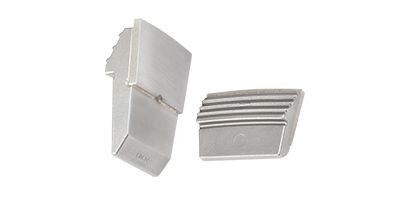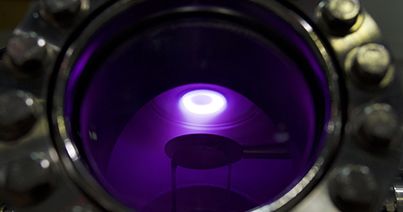Introduction
Silicon nitride and sialon ceramics are fascinating materials that are making significant impacts in advanced materials engineering. These ceramics are known for their unique properties and versatility, making them ideal choices for high performance applications across various industries. In part one of this three-part series, we will delve into the fundamental characteristics of the materials and explore their unique microstructures and the advantages they offer.
What are Silicon Nitride and Sialon?
Silicon nitride, like many other advanced ceramics, is a covalently bonded inorganic material. However, its unique sintered microstructure features whisker or needle-shaped grains. These elongated grains help deflect cracks, thus enhancing toughness.
Sialon (Si-Al-O-N) is a material that forms when some of the silicon atoms in the silicon nitride structure are substituted by aluminum atoms, and nitrogen is replaced by oxygen through proper chemistry and additives. Sialons enhance hardness, wear resistance, corrosion resistance, and high-temperature thermal shock resistance compared to silicon nitride, with a marginal drop in strength and toughness.
Electron microscope image of silicon nitride: elongated beta-silicon nitride grains visible

Electron microscope image of sialon: elongated beta-sialon and equiaxed alpha-sialon grains visible

Electron microscope image of crack deflection in a sialon
Why Choose Silicon Nitride and Sialon?
The chart below shows application spaces of some common advanced ceramics.

Over Alumina: Comparable density, thermal insulation, corrosion and wear resistance, much better strength, toughness and thermal shock resistance.
Over Zirconia: Particularly for high temperature applications requiring strength, at nearly 50% weight savings. Better wear resistance at any temperature using sialons.
Over silicon carbide: Comparable corrosion and high temperature resistance. Much better strength, toughness and thermal insulation.
Ideal for applications involving high temperature, thermal shock, wear, mechanical fatigue, friction, weight sensitivity, corrosion, heat transfer, biocompatibility and more.
Applications
Silicon nitride is utilized across various industries for a wide range of components. Here are some key sectors and the types of parts where silicon nitride and sialon are commonly used:
- Metal cutting: Tooling such as inserts and solid carbide end mills
- Automotive & Energy: Bearing balls and roller pins for high-performance engines and wind turbines
- Electronics: Insulating components and substrates due to their electrical properties
- Process industry: Handling of abrasives, hot and molten metals and glass as well as nozzles, valves, seals, bushings, molds and dies
- Emerging fields: Semiconductors and biomedical implants


Conclusion
As we continue to explore these materials, we will uncover more about their processing techniques and real-world applications, highlighting their critical role in today’s manufacturing processes.
Related Articles
- Explore the Advantages of Silicon Nitride and Sialon CeramicsDiscover the fascinating world of silicon nitride and sialon ceramics. Explore how they make an impact in advanced materials engineering.Discover the fascinating world of silicon nitride and sialon ceramics. Explore how they make an impact in advanced materials engineering.
- Customer Case Study: Nozzle life improvement up to 25% with Kennametal ROCTEC APX!* Learn how one Kennametal customer saw nozzle life improvement up to 25% with ROCTEC APX Abrasive Waterjet Nozzles. Read now.Learn how one Kennametal customer saw nozzle life improvement up to 25% with ROCTEC APX Abrasive Waterjet Nozzles. Read now.


